American history is filled with complex stories, but perhaps none is as heartbreaking and often overlooked as "The Trail of Tears." This term refers to the forced displacement of what white American colonizers called the "Five Civilized Tribes" – the Cherokee, Chickasaw, Choctaw, Muscogee Creek, and Seminole tribes – which occurred over 20 years, between 1830 and 1850.
During that period, an estimated 60,000 to 100,000 Native Americans were forced from their homes into land the new government had designated as "Indian Territory". During their removal, countless people died from exposure, disease, and starvation. These unnecessary deaths are now seen as a near-genocidal event, and the route they walked and died upon is forever more known as the "Trail of Tears".
So, how did each tribe experience this tragedy?
1. The Choctaw: The First Victims of the Sorrowful Path
The Choctaw were the first victims of the Trail of Tears. After years of land loss and hardships, their tribe signed the first treaty in 1830. Their leader, George W. Harkins, articulated their feelings, writing: "We as Choctaws rather chose to suffer and be free than live under the degrading influence of laws which our voice could not be heard in their formation".
Between 1821 and 1833, all but approximately 5,000 to 6,000 Choctaw had been moved to the west. Their journey was fraught with difficulties: they endured freezing temperatures, flooded rivers, and extreme food shortages. One group was even completely lost in the Lake Providence swamps. It is predicted that anywhere between 2,500 and 6,000 Choctaw tribe members died on the Trail of Tears from disease and mishaps along the way. One chief referred to the experience as a "trail of tears and death".
2. The Seminole: The Longest Fight for Freedom
Although the seven chiefs of the Seminole tribe had signed a treaty agreeing to move west, upon returning home from scouting the land, most immediately renounced the statement, claiming they had been forced into signing. This sparked nearly seven years of fighting (1835-1842), which was the longest and most costly of all the Indian conflicts.
As the Seminole resisted relocation, Florida and the U.S. government sent troops and equipment to help the army force the tribe over the river. They were successful, and it's predicted that somewhere between 3,000 to 4,000 Seminole people were forcibly relocated. The number of Seminole who died in the war is uncertain, but it's likely between 700 to 1,000 members of the tribe.
However, around 500 Seminoles escaped to the Everglades. After much fighting, the government eventually left them in peace, realizing they would not be able to subjugate them easily because of the terrain and climate of the region. To this day, they remain the only federally recognized tribe that never signed a peace treaty with the U.S..
3. The Muscogee Creek: Uprising Against Deception
Although the Muscogee Creek tribe had signed the Treaty of Cusseta with the U.S. government in 1832, white settlers moved into their territory before everything was settled, and land speculators deliberately defrauded and stole from the lands of the Muscogee Creeks.
By 1836, an uprising occurred from the tribe's people protecting their land from the fraudulent and invasive practices of the whites. This uprising ended abruptly when soldiers began rounding up Creek people and forcibly extracting them to the Indian Territory of Fort Gibson.
Over the next year, more than 15,000 Muscogee Creeks were forced from their homes with nothing more than the clothes they were wearing. With the army in tow, they made their way along the 750-mile route now known as the "Creek Trail of Tears". It is estimated that over 3,500 men, women, and children died on the journey. Some estimates of the total Creek Trail of Tears death toll go as high as 8,000, more than half of the tribe's entire number. Sadly, some were even forced into concentration camps, where they faced rape, enslavement, and murder.
4. The Chickasaw: Holding Out for Compensation
The Chickasaw tribe was the only one to hold out for financial compensation from the U.S. government. They signed the Treaty of Pontotoc Creek in 1832 but waited until 1837 for their agreed-upon $3 million. Unsurprisingly, they did not receive this money until nearly 30 years later, despite their removal beginning in 1837.
In the meantime, they negotiated with the Choctaw tribe, eventually paying them $530,000 for access to parts of their Indian Territory. Once agreed, the Chickasaw gathered at Tennessee with their belongings and African-American slaves to cross the Mississippi River to their new homes along the Trail of Tears.
Of the 3,100 who took part in the first movement, 500 died from dysentery and smallpox. By the end of their removals, over 3,500 had died. It was not until the 20th century that they were once again federally recognized as an independent government.
5. The Cherokee: A Harsh Winter on a 1,000-Mile Journey
Although approximately 2,000 Cherokee had voluntarily relocated to Indian Territory, this was not sufficient or fast enough for the U.S. government. By 1838, the government stepped in to forcibly remove other members of the tribe.
Approximately 13,000 Cherokee people had to walk 1,000 miles from their homes to their newly provided Indian Territory during an extremely harsh winter. On the way, their numbers quickly began to fall as many died of disease, malnutrition, and exposure.
One of the most tragic moments for the tribe came when they reached Berry's Ferry, a ferry they needed to cross the Ohio River. The journey usually cost around 12 cents, but the Cherokee tribe members were charged one dollar each. Many died huddled under the mantle rock waiting for the ferry to allow them to cross. A volunteer soldier even wrote of their removal, stating: "I fought through the American Civil War and have seen men shot to pieces and slaughtered by thousands, but the Cherokee removal was the cruelest work I ever knew". Approximately 4,000 Cherokee died on the Trail of Tears, almost a third of their total number.
A Painful Reminder From History
How European Americans treated Native Americans during their years of expansion and since has long been looked upon with disapproval and disgust. But few outside know the true horrors of the Trail of Tears and the unfathomable circumstances of the tribes' route to their new homes that resulted in a near genocide of the Native American people.
The story of the Trail of Tears is a powerful reminder of the devastating consequences of greed, prejudice, and forced relocation policies. It is a part of history that we must remember, not only to honor those who perished but also to learn from it and ensure that such actions are never repeated.

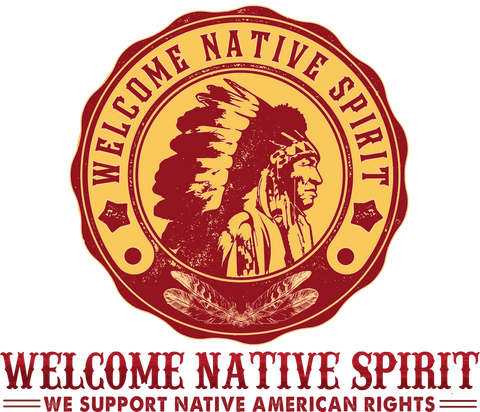

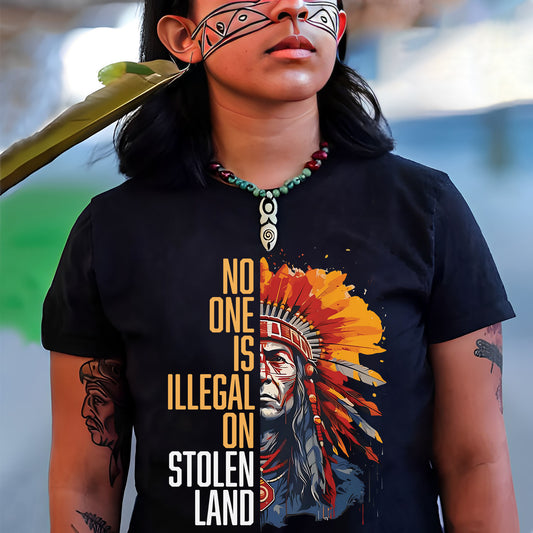

![[Two Sides] Trail of Tears The Deadly Journey Unisex T-shirt/T-shirt V-Neck/Hoodie/Sweatshirt](http://welcomenativespirit.com/cdn/shop/files/20_2bae9cf5-c07c-4ea5-a8ea-de74aa71325d_533x.jpg?v=1757466962)
![[Two Sides] Trail of Tears The Deadly Journey Unisex T-shirt/T-shirt V-Neck/Hoodie/Sweatshirt](http://welcomenativespirit.com/cdn/shop/files/gray_-2side_b51af6c7-cea9-4004-90db-cb8d883be04a_533x.png?v=1759742586)




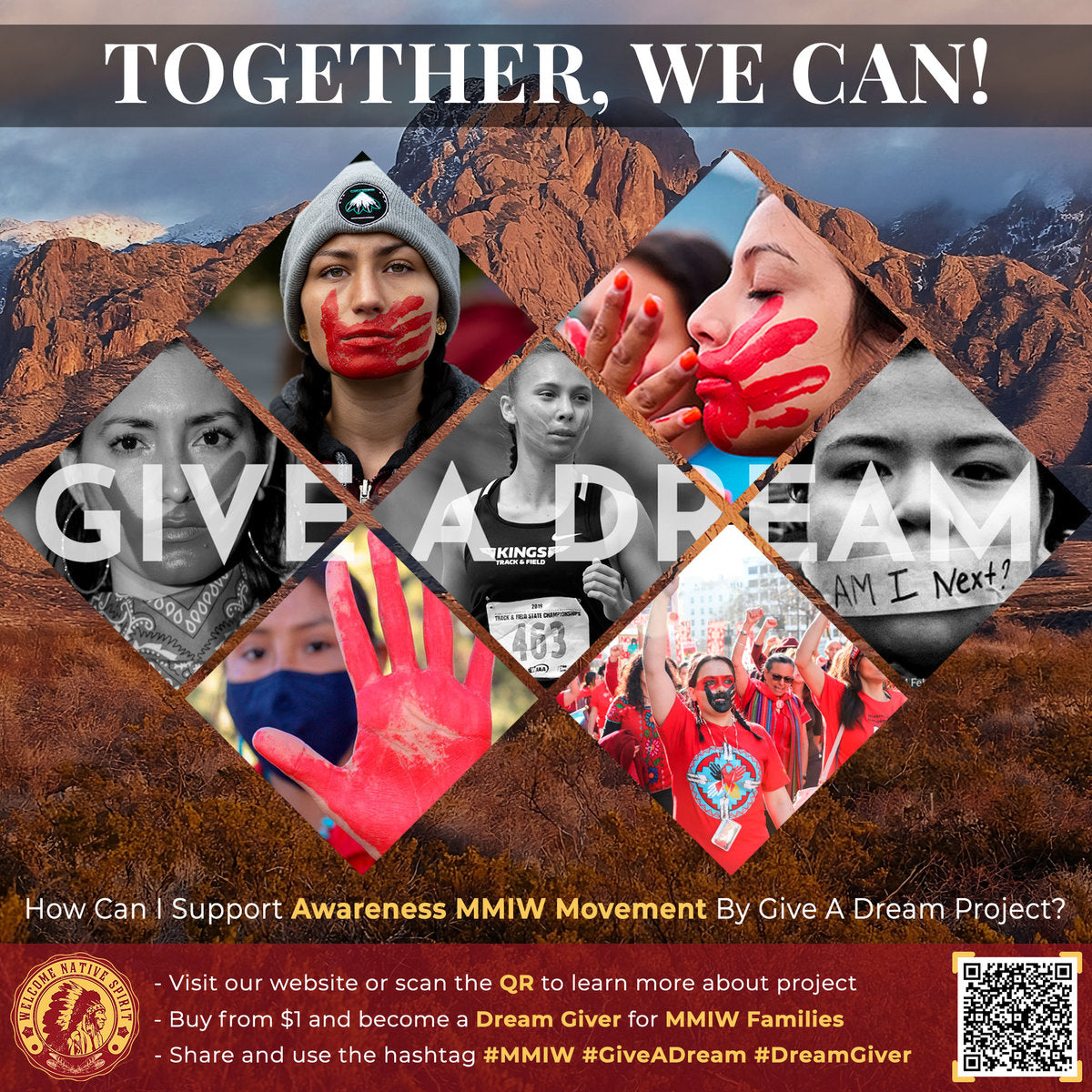

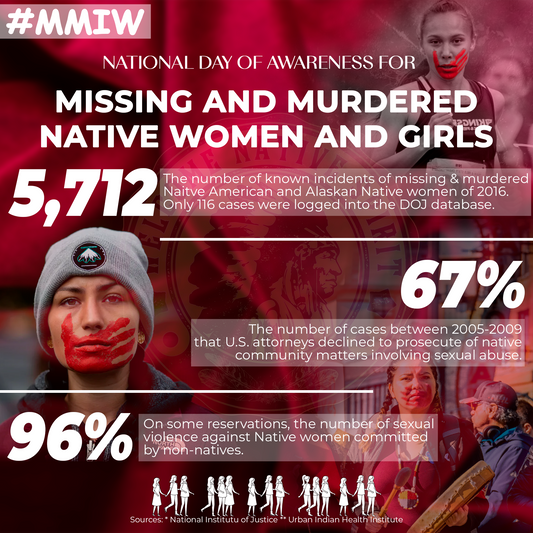
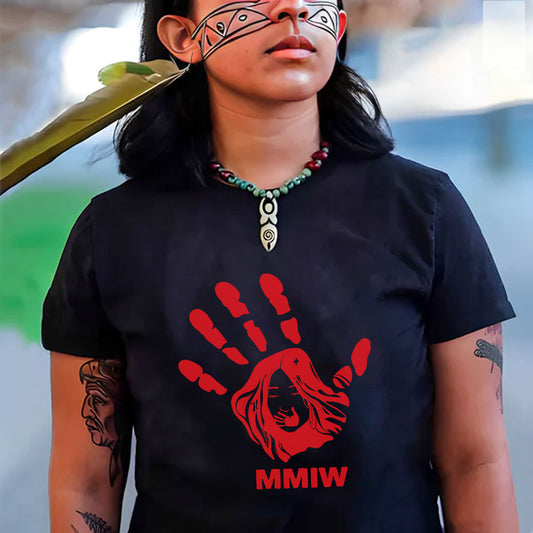





4 Comments
I read you story of the trail of tears, are there books that are accurate that I can read. It’s appalling what happen, and I am ashamed of my fore father. It has opened my eyes, thank you.
I am deeply ashamed of my white Angelo-Saxton Protestant ancestors actions. I am not proud to be part of the privileged. I wish that our government would finally recognize & compensate the native Americans. It would be a start to bring their reservations up to 21st century standards. May God bless all Native Americans.
After all this happen to you all I hate being white i am ashamed to be white me as a white person owns all of you an apology for what we did to you all. I don’t understand how people can be so cruel and it doesn’t bother them at all no Conscience . I am so sorry I know that not enough.
I’m ashamed to be called a white man